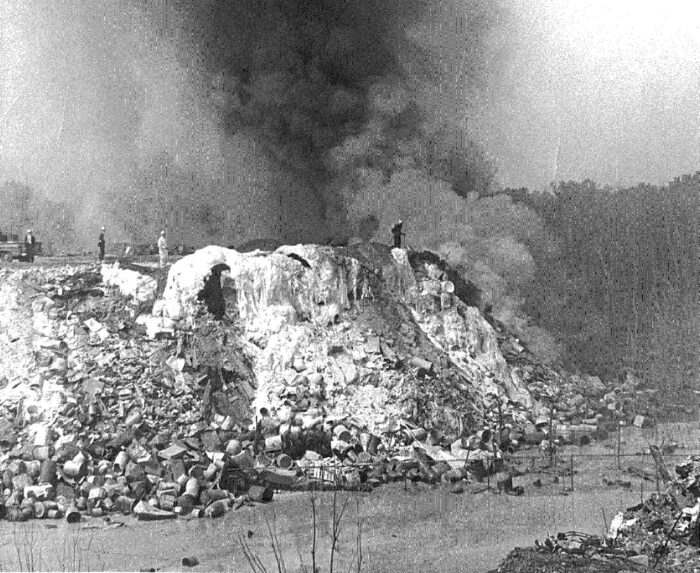Your browser doesn’t support audio playback.
After Congress passed the landmark Superfund law in December 1980, Union Carbide and other companies were required to report hazardous waste sites to the U.S. Environmental Protection Agency by the following June.
Union Carbide’s Filmont landfill in South Charleston, then an active industrial waste disposal site, was not added to the EPA Superfund database until October 2022, more than 41 years later.
Five years after the site’s existence became publicly known as part of a federal lawsuit, it remains unclear who dropped the ball in failing to list the site as required by the Comprehensive Environmental Response, Compensation and Liability Act – the longer name for Superfund.
“Both the state and the EPA have some culpability here for ignoring this problem for such a long time,” said Pat McGinley, a law professor at West Virginia University who specializes in environmental cases.
The U.S. District Court for the Southern District of West Virginia last September ruled that the landfill was an illegal open dump and that Union Carbide violated the Clean Water Act by failing to ask for a stormwater discharge permit for the facility.
Senior Judge John T. Copenhaver Jr. will soon decide how much Union Carbide, a subsidiary of Dow Chemical, will pay in civil penalties. The plaintiff in the case, Courtland Company, has asked for a judgment of $1.4 billion and that the EPA supervise the cleanup, rather than the West Virginia Department of Environmental Protection.
Union Carbide has asked Copenhaver to dismiss Courtland’s proposals.
Despite the quiet addition of the Filmont site to the Superfund database less than two years ago, the EPA, the WVDEP and Union Carbide have said it is not a Superfund site.
To be sure, it is not on the National Priorities List, which includes 1,300 of the most polluted places in the country – 11 are in West Virginia.
But Kelly Offner, a spokeswoman for EPA’s Region 3, which includes West Virginia, said it could qualify based on a future assessment.
“It’s in the hands of the state for now, but the option to exercise EPA resources and oversight through the Superfund program is there,” she said. “We generally consider a site a Superfund site once it’s utilizing EPA resources/oversight and on the (National Priorities List).”
Offner said that the agency does not have an immediate plan to conduct its own investigation.
For now, the site is part of WVDEP’s Voluntary Remediation Program. Union Carbide is paying for the work, including a licensed remediation specialist, David Carpenter, who testified in the Courtland lawsuit against adding the site to the National Priorities List.
Filmont was in operation from the 1950s to the 1980s, according to court documents and testimony.
WVDEP and some local officials knew about the Filmont landfill’s existence as far back as 2009, but there was no public mention of it until Courtland filed its first of four lawsuits in 2018.
And even then, it would be another four years before the site was added to the Superfund database.
McGinley said he sees a pattern of inaction on multiple levels.
“There’s a lot of history here of government inaction. And EPA is the agency of the ultimate resort here. I mean, they’re supposed to be reviewing what state agencies, how they carry out their responsibilities under federal law,” he said.
